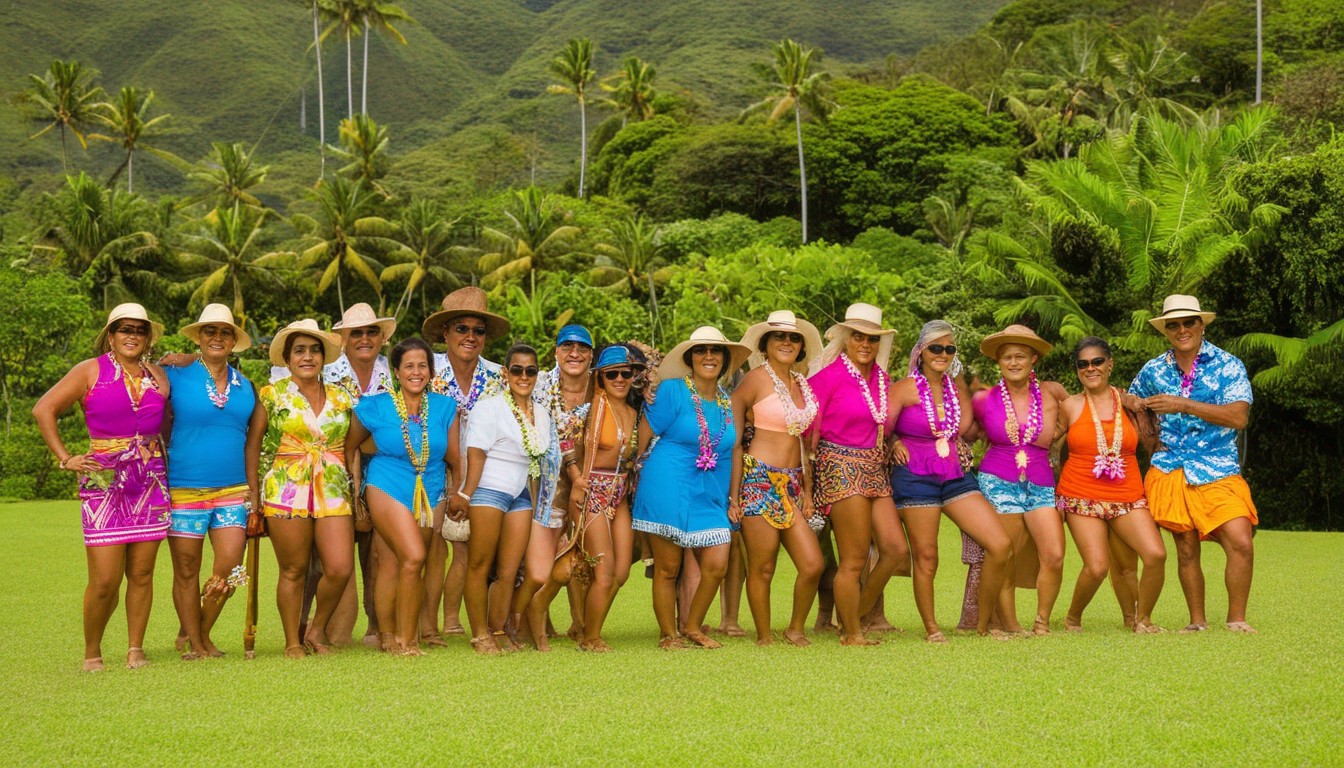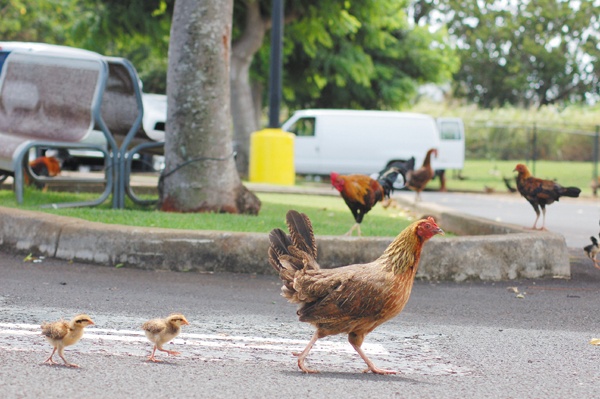When people think of Hawaii, they often picture beautiful beaches, lush landscapes, and vibrant culture. But one important aspect of Hawaiian culture is its language. In this article, we’ll explore the languages spoken in Hawaii, their history, and their significance to the islands’ identity. So, what language is spoken in Hawaii? Let’s dive in!
The Official Languages of Hawaii
Hawaii has two official languages: English and Hawaiian. English is the most widely spoken language on the islands, while Hawaiian holds a special place in the hearts of the local people. Understanding both languages gives you a fuller picture of Hawaiian culture.
English: The Primary Language
English is the primary language spoken in Hawaii. Most residents communicate in English, whether they are at work, school, or social gatherings. Visitors will find it easy to navigate the islands, as signs, menus, and announcements are primarily in English. This makes it accessible for tourists and new residents alike.
Hawaiian: A Language of Heritage
Hawaiian, or “ʻŌlelo Hawaiʻi,” is the native language of the Hawaiian people. It has a rich history and is deeply tied to the culture and traditions of the islands. Despite facing decline in the 20th century, Hawaiian has experienced a revival since the 1970s. Today, many schools teach Hawaiian, and you can hear it in music, hula, and cultural events.
The Revival of the Hawaiian Language
Hawaiian faced many challenges over the years, especially during the time when Hawaii became a U.S. territory. English was prioritized in schools, and Hawaiian was often discouraged. However, in the late 20th century, there was a strong movement to revive and preserve the language.
Hawaiian Language Immersion Programs
Many schools in Hawaii now offer Hawaiian language immersion programs. These programs allow children to learn subjects like math and science in Hawaiian. This not only helps preserve the language but also instills a sense of pride in Hawaiian culture among the younger generations.
Hawaiian Language in Media
Today, you can find Hawaiian being used in various forms of media. Radio stations, television shows, and online platforms feature Hawaiian language content. This increased visibility helps to promote the language and reach even more people.
Basic Hawaiian Words and Phrases
Learning a few basic Hawaiian words can enhance your experience while visiting the islands. Here are some simple phrases you can use:
- Aloha: Hello or goodbye. It’s a warm greeting that reflects Hawaiian hospitality.
- Mahalo: Thank you. A simple way to express gratitude.
- ʻOno: Delicious. Use this word when enjoying tasty Hawaiian food!
- Ohana: Family. This word emphasizes the importance of family in Hawaiian culture.
Using these words can make interactions with locals more enjoyable and meaningful.
The Role of Pidgin English
In addition to English and Hawaiian, another unique aspect of communication in Hawaii is Pidgin English. Pidgin, also known as Hawaiian Creole English, developed as a way for different cultures and ethnic groups to communicate. It blends elements from English, Hawaiian, and other languages.
Characteristics of Pidgin
Pidgin English is characterized by its distinctive vocabulary and grammar. It often sounds informal and is used in casual settings. While Pidgin may be difficult for outsiders to understand at first, it is an important part of local identity. Many residents use Pidgin in daily conversation, reflecting their cultural heritage.
The Cultural Significance of Language in Hawaii
Language is more than just a means of communication; it’s a reflection of culture and identity. In Hawaii, both Hawaiian and Pidgin English represent the islands’ rich history and diverse population.
Language and Identity
For many Hawaiians, speaking their native language is a way to connect with their ancestry and culture. It fosters a sense of belonging and pride. The resurgence of the Hawaiian language has played a vital role in this cultural renaissance.
Language in Hula and Music
Hula, the traditional dance of Hawaii, often incorporates Hawaiian language songs. These songs tell stories and convey important cultural messages. Music is a powerful way to keep the language alive and introduce it to new audiences.
Visiting Hawaii: Embracing the Language
When visiting Hawaii, embracing the local language can enrich your experience. Whether you choose to learn a few Hawaiian words or familiarize yourself with Pidgin, showing respect for the language will be appreciated by the locals.
Participating in Cultural Events
One of the best ways to immerse yourself in Hawaiian culture is by participating in local events. Many festivals and gatherings celebrate Hawaiian traditions, where you can hear the language spoken and learn more about its significance.
Local Cuisine and Language
Food is another avenue through which language and culture intersect. Traditional Hawaiian dishes often have Hawaiian names. By learning these names, you can better appreciate the culinary heritage of the islands.
Conclusion: Celebrating Language in Hawaii
So, what language is spoken in Hawaii? While English is the most common language, Hawaiian and Pidgin English add depth and richness to the islands’ cultural tapestry. By understanding and appreciating these languages, we can honor the history and heritage of Hawaii.
For more information on Hawaiian culture, be sure to check out Hawaiian Page and learn what to wear while visiting Hawaii at this link.



